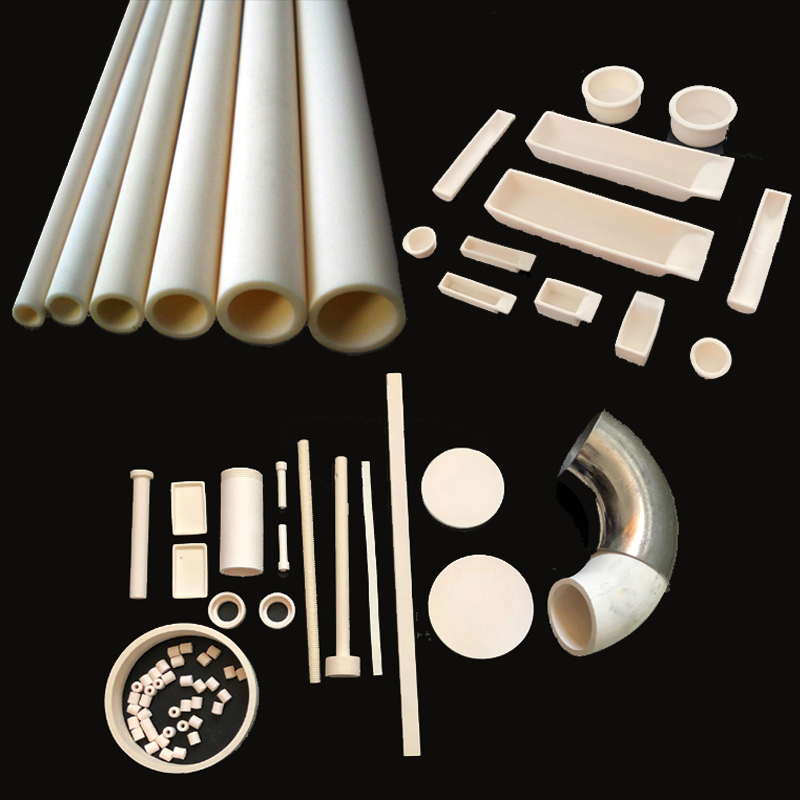Alumina ceramics: Cope with the tests of high and low temperatures with ease and unlock new possibilities for applications in extreme environments.

In the intense heat of aerospace engines and the alternating hot and cold conditions at extremely high altitudes, as well as in the sudden temperature changes caused by high-frequency charging and discharging of new energy vehicle battery packs, the temperature resistance of materials has always been a core challenge restricting the development of high-end equipment. Recently, with continuous breakthroughs in the field of materials science, alumina ceramics, with their excellent tolerance to high and low temperature conversion, have emerged as a "dark horse" in breaking through the bottleneck of material applications in extreme environments, attracting widespread attention in the industry.
As an advanced ceramic material with alumina (Al₂O₃) as its main component, the "magic of resistance to temperature difference" of alumina ceramics originates from its unique crystal structure and physical and chemical properties. When the temperature surges from dozens of degrees Celsius below zero to thousands of degrees Celsius within a short period of time, ordinary metallic materials often develop cracks or even break due to thermal expansion and contraction. However, thanks to its extremely low coefficient of thermal expansion, alumina ceramics can control the volume fluctuations caused by temperature changes within a very small range. It is recommended that the heating rate be between 5°C per minute and 10°C per minute, and the cooling rate can be matched with the heating rate.
This ability to withstand extreme temperature differences, similar to "fire and ice", enables alumina ceramics to showcase their remarkable capabilities in cutting-edge fields. Insulation components made of alumina ceramics can quickly block the diffusion of heat, and at the same time, maintain excellent insulating properties in low-temperature environments during winter, helping to improve the safety and service life of batteries. In the manufacturing process of semiconductor wafers, as the core carrier of high-temperature annealing furnaces, alumina ceramics can always maintain dimensional accuracy during the cyclic process of high temperatures above 1200°C and rapid cooling, ensuring a high yield rate in chip production.
As the global manufacturing industry moves towards high precision and high reliability, higher requirements are placed on the environmental adaptability of materials. The excellent performance of alumina ceramics in high and low temperature conversion scenarios not only provides key material support for strategic emerging industries such as aerospace, new energy, and semiconductors, but also signals the deep penetration of ceramic materials from traditional industrial fields into high-end equipment manufacturing. Industry experts point out that this new type of material, which combines "rigidity and flexibility", is relying on its unique advantages in temperature tolerance to rewrite the pattern of material applications in extreme environments and become an important cornerstone for supporting the upgrading of high-end manufacturing.
From the performance verification in the laboratory to the gradual implementation of industrial applications, the legend of the temperature tolerance of alumina ceramics is still being written. With the maturation of the preparation process and cost optimization, this special ceramic, which was once regarded as a "niche" product, is entering more temperature-sensitive application scenarios, providing a solid material guarantee for humanity to explore extreme environments and break through technical limits. On the track of materials science, alumina ceramics, with its "dual characteristics" of cold and heat resistance, are outlining a new development blueprint for advanced ceramic materials.

